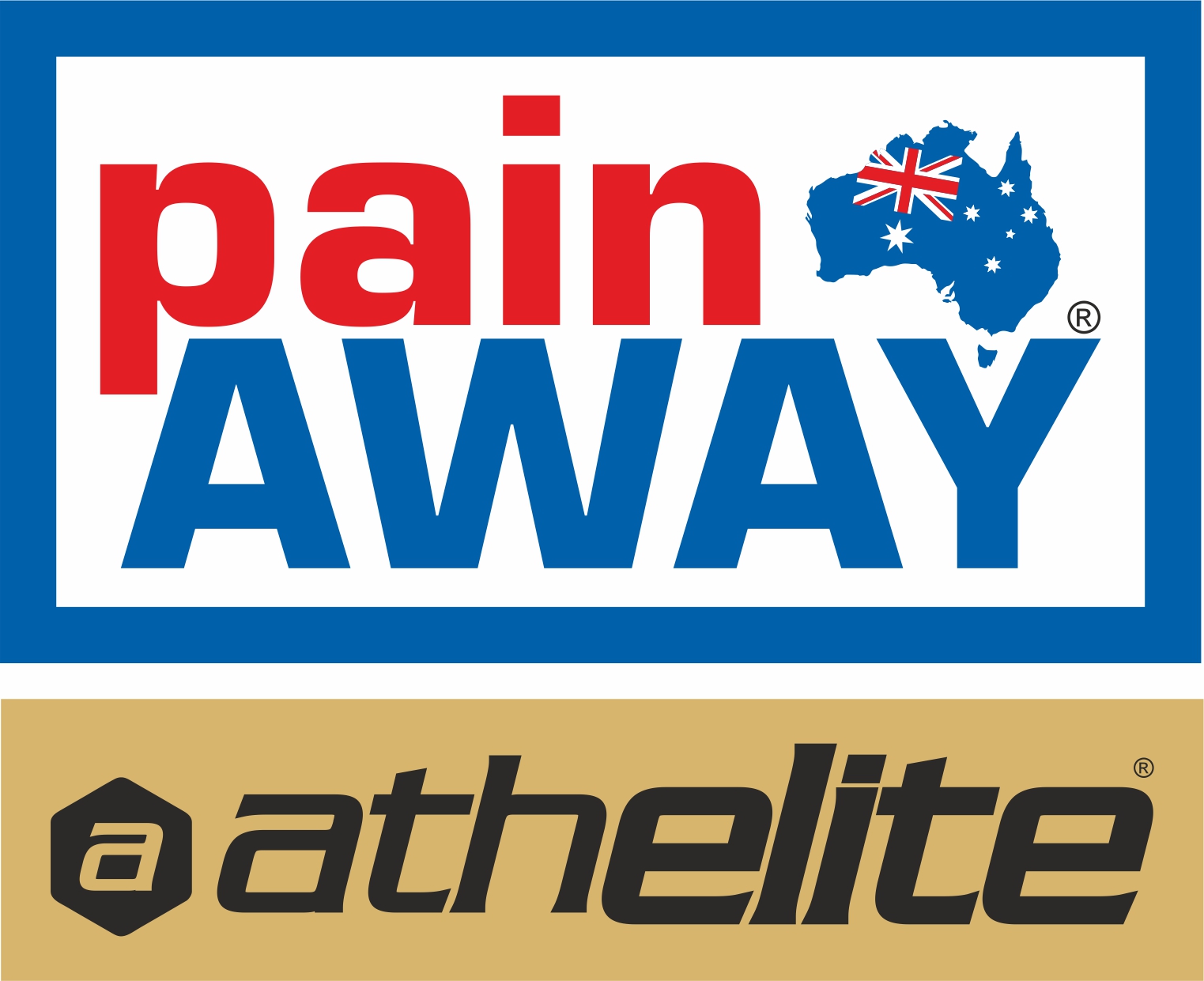Measurement of breast cancer-related lymphoedema
Breast cancer-related lymphoedema (BCRL) is a chronic accumulation of extracellular fluid in the tissues of the hand, upper limb, breast and/or trunk, on the side of the body that is treated for breast cancer. It presents as a progressive swelling of the affected body region, resulting from the disruption of the lymphatic system by surgical and radiotherapeutic treatments. Some forms of chemotherapy may also cause BCRL.
BCRL occurs in about 20 per cent of patients who have undergone axillary lymph node dissection and in five per cent of patients after sentinel node biopsy. The majority of patients who develop BCRL do so within the first two years after surgery. BCRL causes considerable physical and psychological morbidity.
The complexities of BCRL and its presentation means that careful measurement and assessment of the limb is required during screening, diagnosis and ongoing monitoring of the condition.
In the first of a series of three Journal of Physiotherapy Invited Topical Reviews about physiotherapy management of breast cancer and its sequelae, Associate Professor Elizabeth Dylke explains what breast cancer-related lymphoedema is and addresses the complexities involved in its measurement. The most common methods of measurement for BCRL, including circumference measurements, whole limb volume, bioimpedance spectroscopy and tissue dielectric constant assessment, are compared and their advantages and disadvantages are discussed. The author also discusses the need for more standardised and holistic approaches to assessment, diagnosis and monitoring.
For more information and to read the entire Invited Topical Review article, click here.
Associate Professor Elizabeth Dylke APAM is Head of Physiotherapy at the University of Sydney and President of the Australasian Lymphology Association. Elizabeth’s research focus is on oncology rehabilitation and the assessment and management of lymphoedema. She is passionate about supporting new researchers and clinically driven research questions.
This blog is a Physiotherapy Research Foundation (PRF) initiative supported by PAIN AWAY athELITE – Platinum and Content Sponsor of the PRF.


